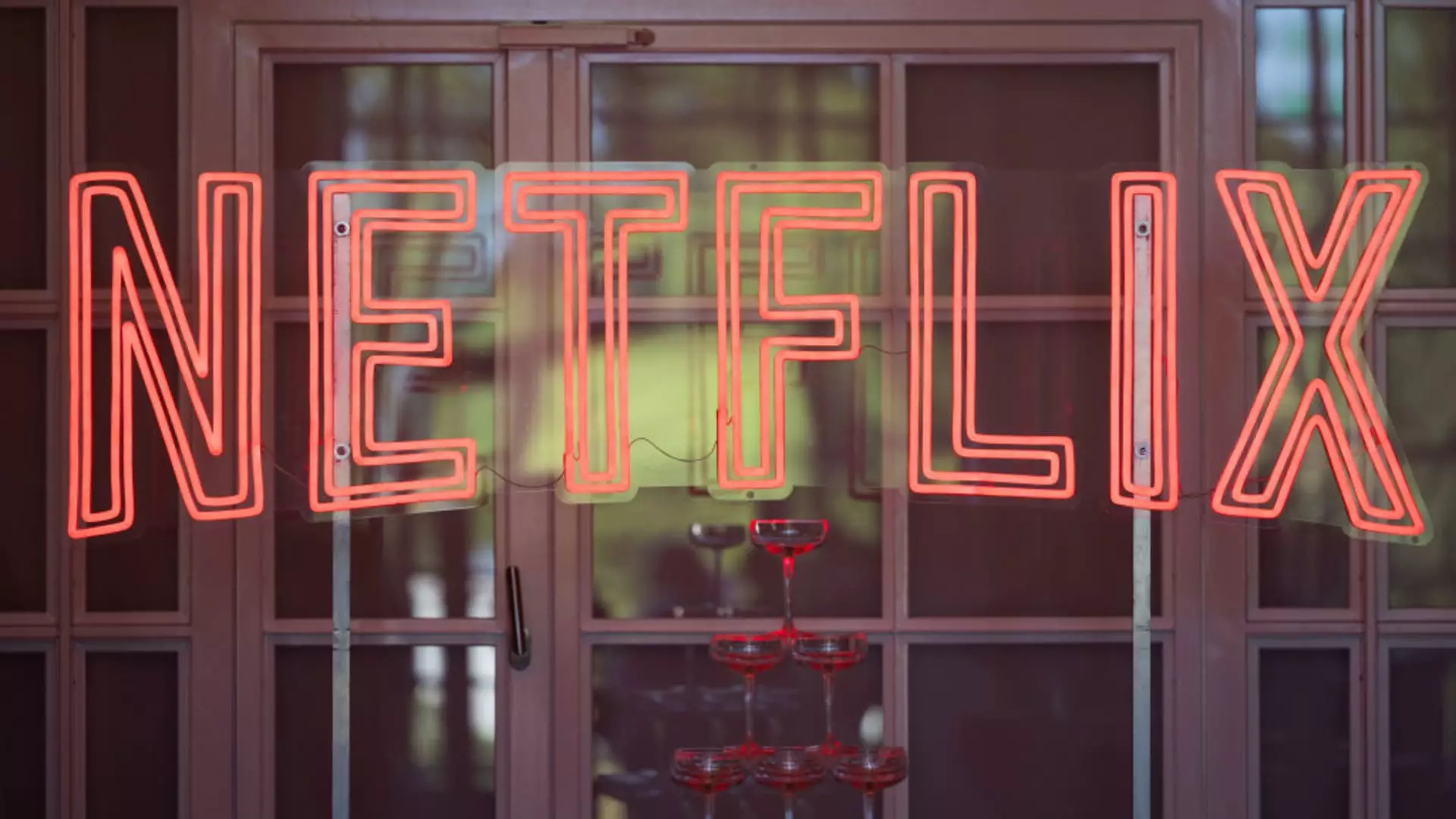Netflix, the leading streaming platform, has made headlines again with its recent decision to raise subscription prices across multiple tiers in the United States and in select international markets. This development raises significant questions about the evolving landscape of streaming services, consumer behavior, and the company’s underlying strategy amidst fierce competition and operational challenges. It’s essential to analyze the reasons behind these increases, how they align with the overall market trends, and what they could mean for the future of Netflix and its subscribers.
On a surface level, Netflix’s decision appears straightforward. The significant hike in the standard streaming plan from $15.49 to $17.99, alongside increases in its cheaper ad-supported plan and premium service, signals a bold move. In particular, the standard plan will now cost $17.99, which represents a substantial increase in the monthly financial commitment for subscribers. Even the ad-supported plan, which was introduced as a more economical option, will see a rise from $6.99 to $7.99. Such adjustments indicate Netflix’s need to generate more revenue as it continues to diversify its offerings and bear the costs associated with the production of high-quality content.
Interestingly, Netflix also announced that the cost for using “extra members” on standard plans will increase to $8.99, which highlights the company’s efforts to monetize features that were previously seen as complimentary. This decision to implement additional fees could be interpreted as a response to the challenges posed by password sharing, as Netflix seeks to turn casual users into paying subscribers.
The streaming industry is experiencing a seismic shift marked by increased competition and changing consumer behavior. Providers like Disney+, HBO Max (now Warner Bros. Discovery’s Max), and others have all faced similar hurdles, leading them to implement price hikes or introduce ad-supported tiers. This pattern suggests that consumers are becoming accustomed to seeing rising prices, which may result from the industry’s move toward profitability after years of aggressive expansion and subsidization.
In many ways, Netflix finds itself at the center of this transitional phase, having previously led the charge into the world of streaming. Ted Sarandos, Netflix’s co-CEO, emphasizes the need for robust engagement metrics and compelling content to justify the price hikes. Indeed, engaging viewers with anticipated series and films is critical in maintaining subscriber loyalty and mitigating churn.
Since introducing its ad-supported model, Netflix has enjoyed a notable increase in subscribers. The advent of this economically viable option is a clear acknowledgment of the streaming market’s shift toward hybrid revenue models. With 70 million global monthly active users engaging with ad-supported plans, it becomes evident that many consumers are willing to navigate advertisements for reduced subscription fees.
Of particular interest is how Netflix’s pricing adjustments affect the perception of value among subscribers. While some users may feel burdened by the increased costs, others might find the benefits, such as exclusive content and the flexibility of the ad-supported option, worth the additional investment. This delicate balance of perceived value and consumer sensitivity to price changes will be crucial for Netflix as it navigates the future.
In an environment where Netflix must contend with burgeoning subscription costs and evolving viewer preferences, its strategy has to remain agile. The decision to increase prices can be seen as both a necessary step to bolster revenues and a gamble on the strength of its upcoming content lineup. As the company forecasts an influx of new releases in 2025, it hopes to leverage this robust pipeline to justify the increased costs to consumers while reaching new profitability milestones.
Ultimately, Netflix’s recent pricing adjustments underscore the delicate interplay between providing value and sustaining a business model that thrives on subscriber growth. In a landscape rife with choices, Netflix must continuously cultivate exceptional content and enhance its service offerings, ensuring that its price increase does not alienate its loyal base in the long term.

